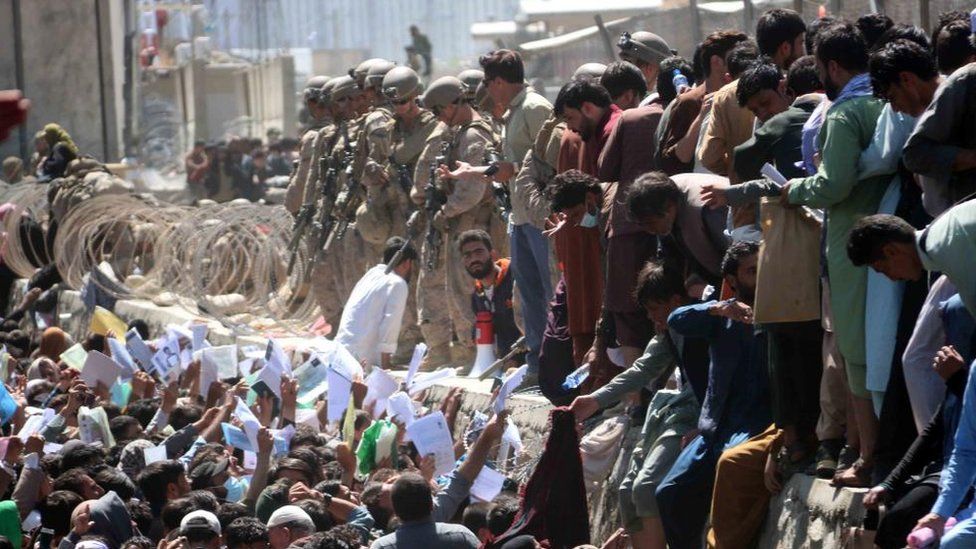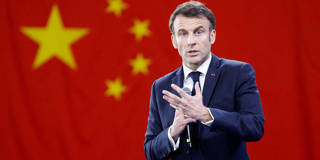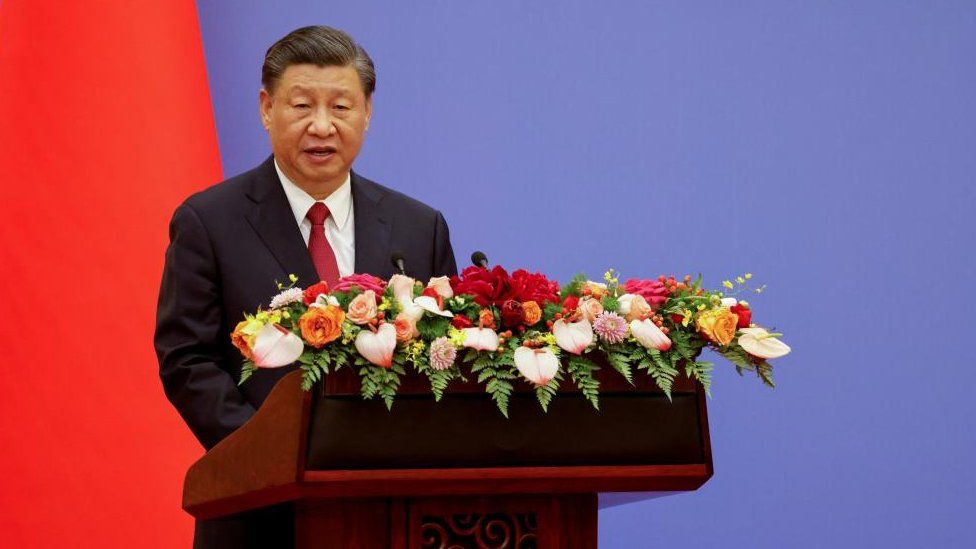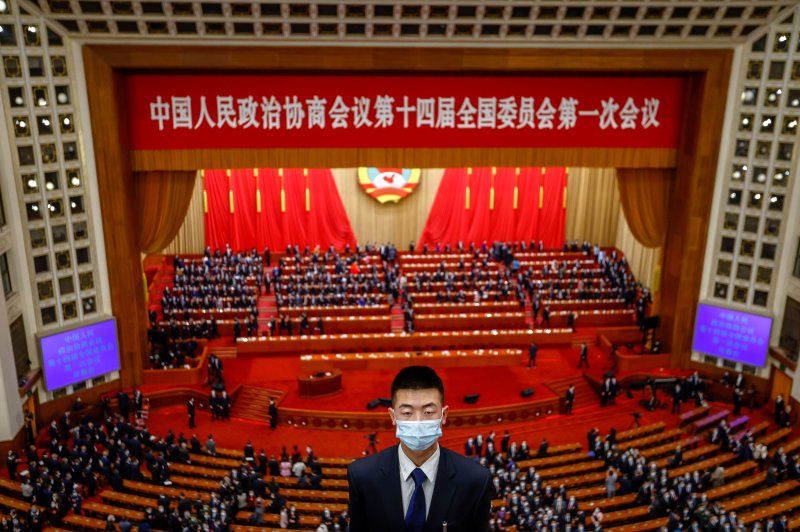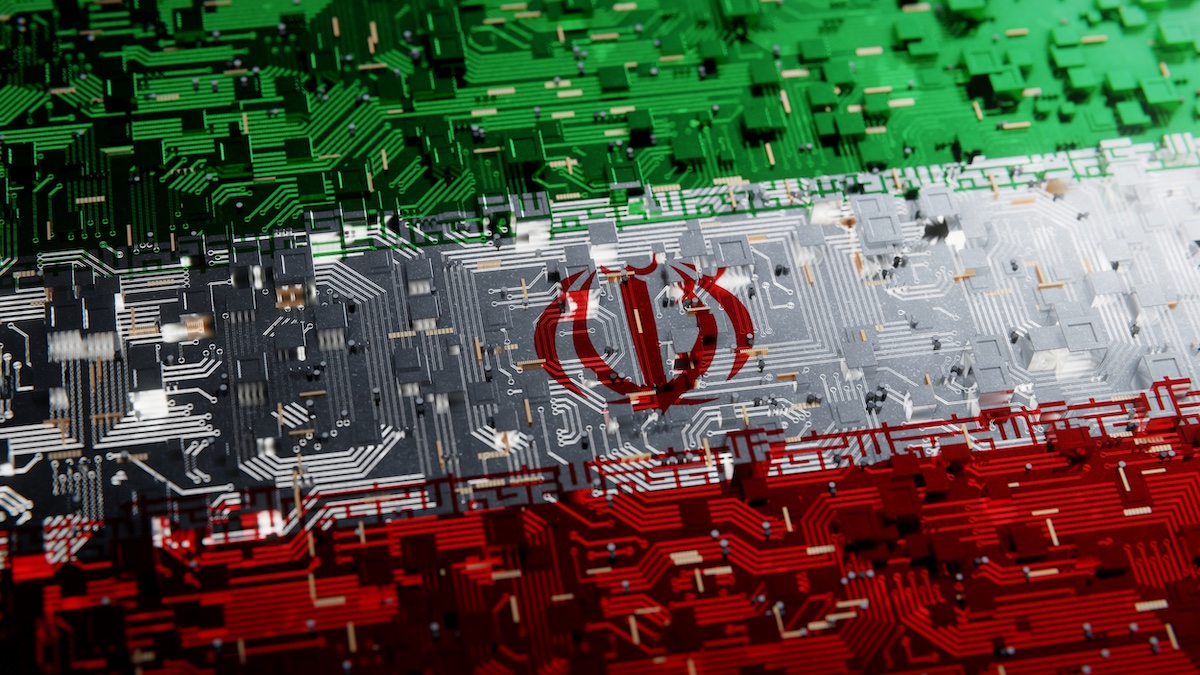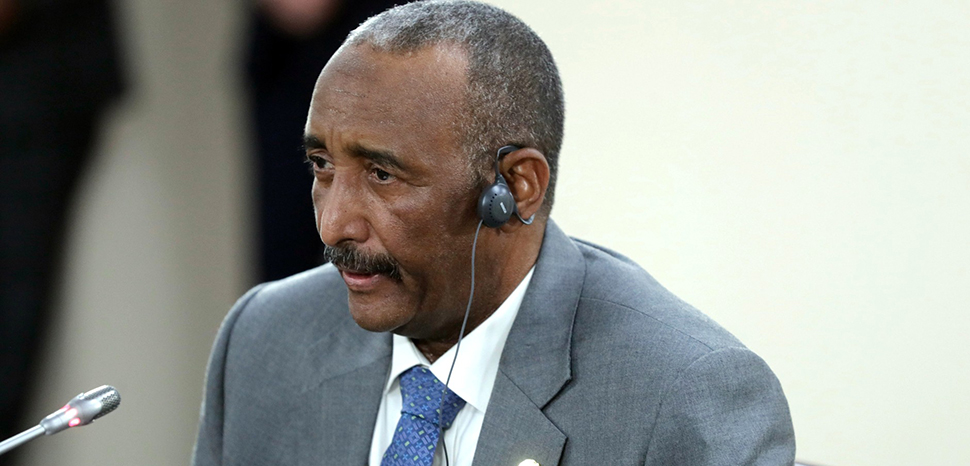 Every morning in the Tumakuru District of Karnataka, a state in southern India, the sun tips over the horizon and lights up the green-and-brown hills of the Eastern Ghats. Its rays fall across the grasslands that surround them and the occasional sleepy village; the sky changes color from sherbet-orange to powdery blue. Eventually, the sunlight reaches a sea of glass and silicon known as Pavagada Ultra Mega Solar Park. Here, within millions of photovoltaic panels, lined up in rows and columns like an army at attention, electrons vibrate with energy. The panels cover thirteen thousand acres, or about twenty square miles—only slightly smaller than the area of Manhattan.
Every morning in the Tumakuru District of Karnataka, a state in southern India, the sun tips over the horizon and lights up the green-and-brown hills of the Eastern Ghats. Its rays fall across the grasslands that surround them and the occasional sleepy village; the sky changes color from sherbet-orange to powdery blue. Eventually, the sunlight reaches a sea of glass and silicon known as Pavagada Ultra Mega Solar Park. Here, within millions of photovoltaic panels, lined up in rows and columns like an army at attention, electrons vibrate with energy. The panels cover thirteen thousand acres, or about twenty square miles—only slightly smaller than the area of Manhattan.As the planet turns and the sun climbs, electricity streams from the panels to eight nearby substations, and, in one of them, a computer monitor decorated with a red hibiscus flower registers their collective power in megawatts. In the predawn hours, the solar park consumes a small amount of electricity for lights and computers, so the monitor may show a negative number. But, within twenty minutes of sunrise on a morning in late February, the park was producing 158.32 megawatts, enough to power, on average, more than a hundred thousand Indian homes. As the temperature soared into the mid-nineties, the air seemed to shimmer with heat; a single ghostly raptor hovered over the area, looking for prey in whatever patches of grass remained. The wind gusted and overhead power lines hummed. Around 1 p.m., the park’s electricity output peaked at more than two thousand megawatts—enough for millions of homes.
Pavagada generates almost four times the power of the largest functioning solar farm in the U.S. The world’s biggest solar installation, Bhadla Solar Park, is in the North Indian state of Rajasthan; the second largest is in China. Pavagada, with a capacity exceeding two thousand megawatts, is in the running for third. In a few places, however, its high-tech panels are interrupted by plots of cropland. Some are fenced in with colorful old saris that waft in the wind. And nestled like islands within the silicon sea are five small villages, virtually untouched. They are not powered by Pavagada, at least not directly. “Twenty-two per cent of the electricity in Karnataka is generated here, but for us there is no power,” a local school administrator told me. Near the school, I saw a single street light and was told that it was funded not by Pavagada Solar Park but by the panchayat, the local village council.

